If the Red River dynamic axis is the backbone for urban, transportation, commercial and industrial planning, then the left bank of the Red River (Northeast) of Lao Cai province (new) has strengths in agricultural production. After the province's merger, the two localities' own agricultural advantages will converge, complement each other and create great opportunities to accelerate and break through with a large-scale, high-value-added agricultural economic model.
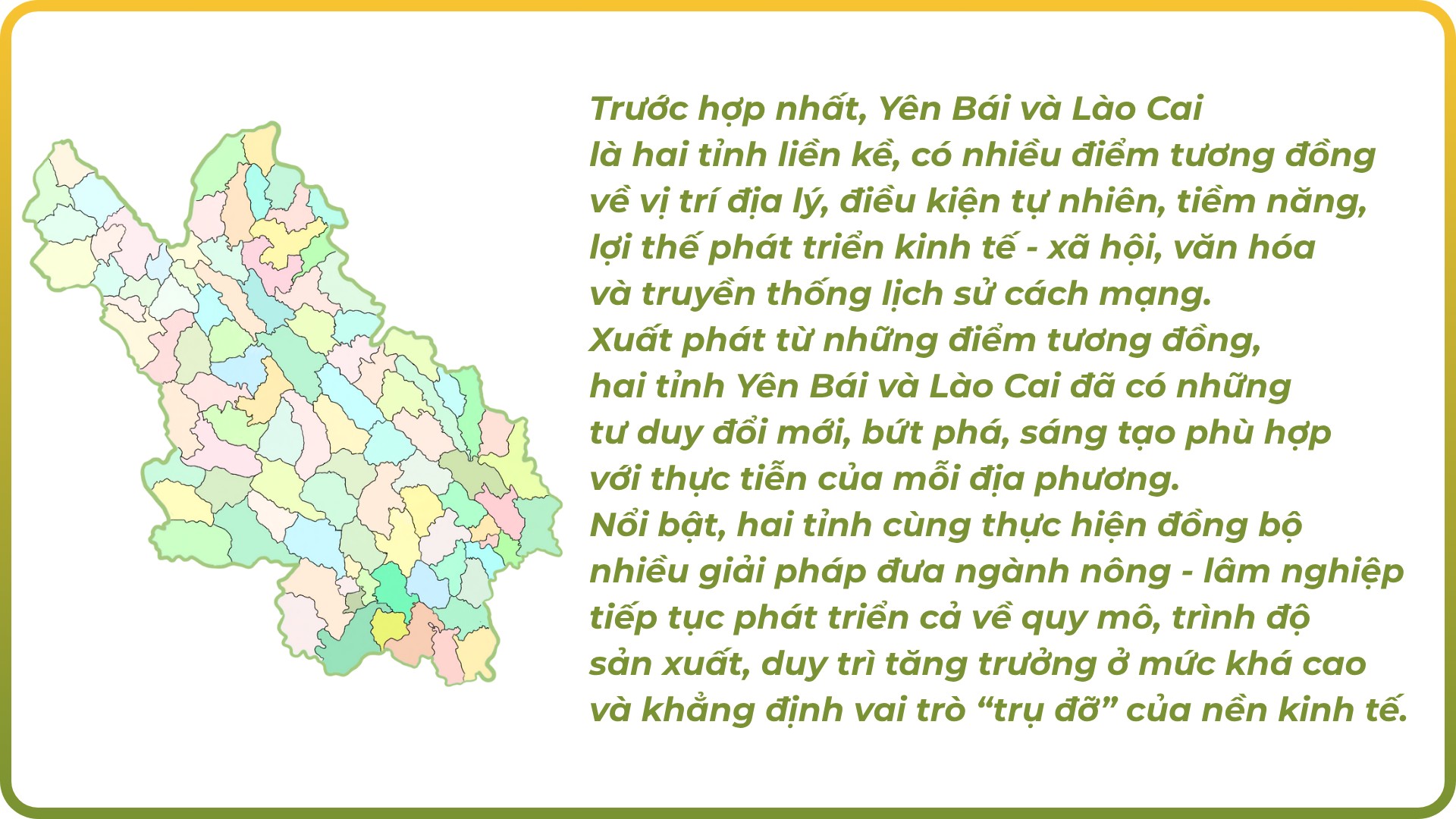
For Lao Cai province (old), determining the development of commodity agriculture is an inevitable trend, it is necessary to have a methodical strategy. After gathering collective intelligence, the Standing Committee of Lao Cai Provincial Party Committee (old) issued Resolution No. 10 dated August 26, 2021 on the Strategy for developing commodity agriculture in Lao Cai province to 2030, with a vision to 2050, with 7 key industries (tea, medicinal plants, bananas, cinnamon, pineapple, hill and forest economy, pig farming), 4 potential industries (temperate fruit trees, mulberry trees, tangerines and livestock and poultry farming). In addition, focusing on developing green, organic, circular agriculture, applying high technology, gradually forming a sustainable agriculture, meeting the requirements of integration and adapting to climate change.
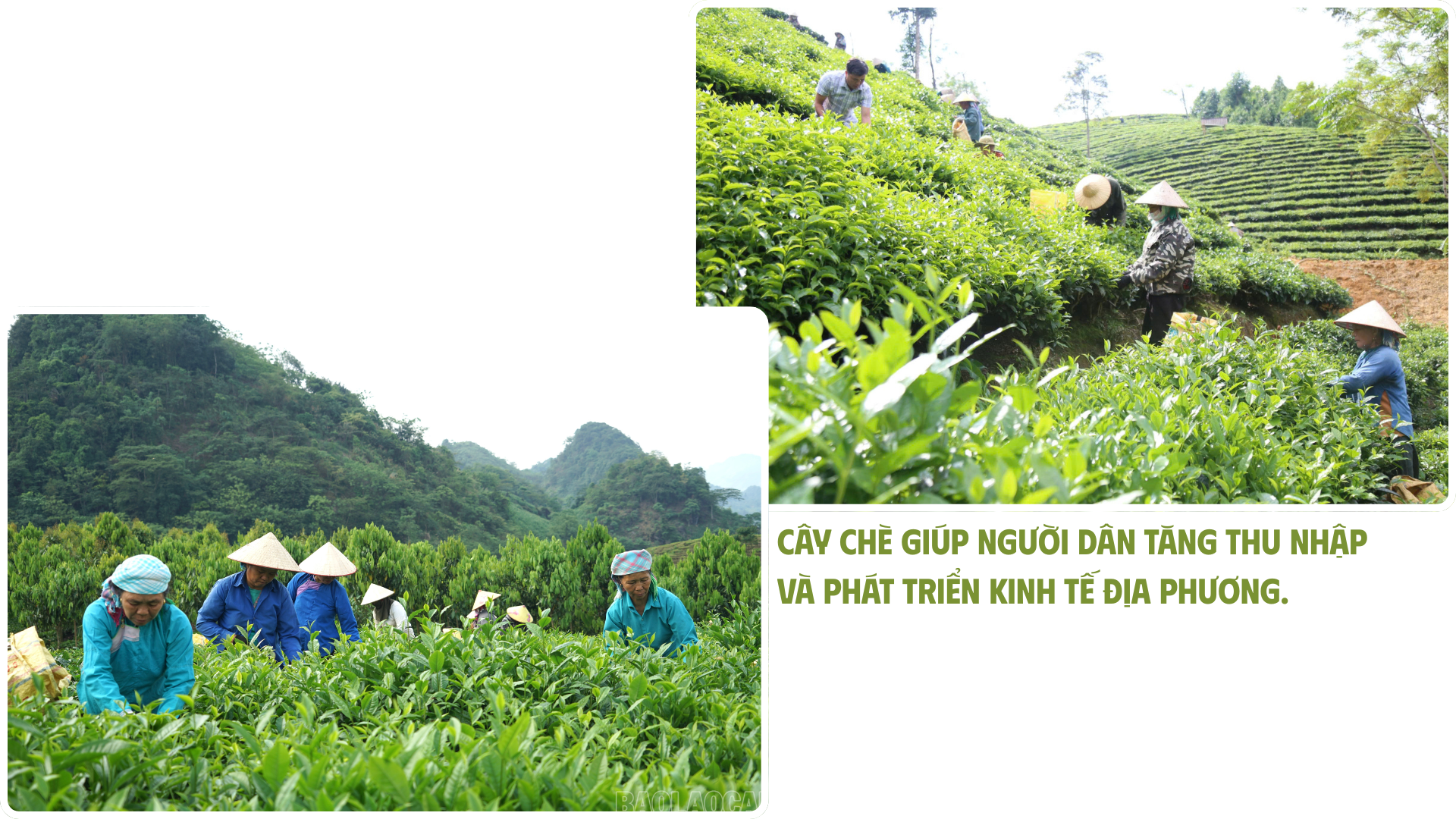
After more than 3 years of implementation, Lao Cai province (old) has built concentrated commodity material areas for processing with 8,620 hectares of tea, 2,445 hectares of bananas, 2,450 hectares of pineapples, 4,755 hectares of medicinal plants, over 61,000 hectares of cinnamon, 5,040 hectares of temperate fruit trees... hundreds of farm livestock models, concentrated in chains, applying high technology have been formed.
The agricultural sector has become an important “support” for Lao Cai’s economy, contributing over 12% to the province’s economic structure. Commodity agricultural production has contributed to creating jobs for nearly 18,000 workers in rural areas and the annual production value of the agricultural and fishery sectors has reached 10,000 billion VND.
Yen Bai province (old) also achieved many successes in restructuring the agricultural sector, shifting from a purely "agricultural production" mindset to a comprehensive "agricultural economy".
The province has built and formed concentrated raw material production areas specializing in cultivation, such as: planted forest wood, cinnamon, hawthorn, Bat Do bamboo shoots, tea, fruit trees, mulberry trees... Forms of production organization are constantly being innovated in the direction of linking to establish cooperatives, cooperatives and joint ventures with enterprises to organize production according to the value chain, linking production with product consumption. The whole Yen Bai province currently has over 620 establishments participating in purchasing and processing agricultural and forestry products.
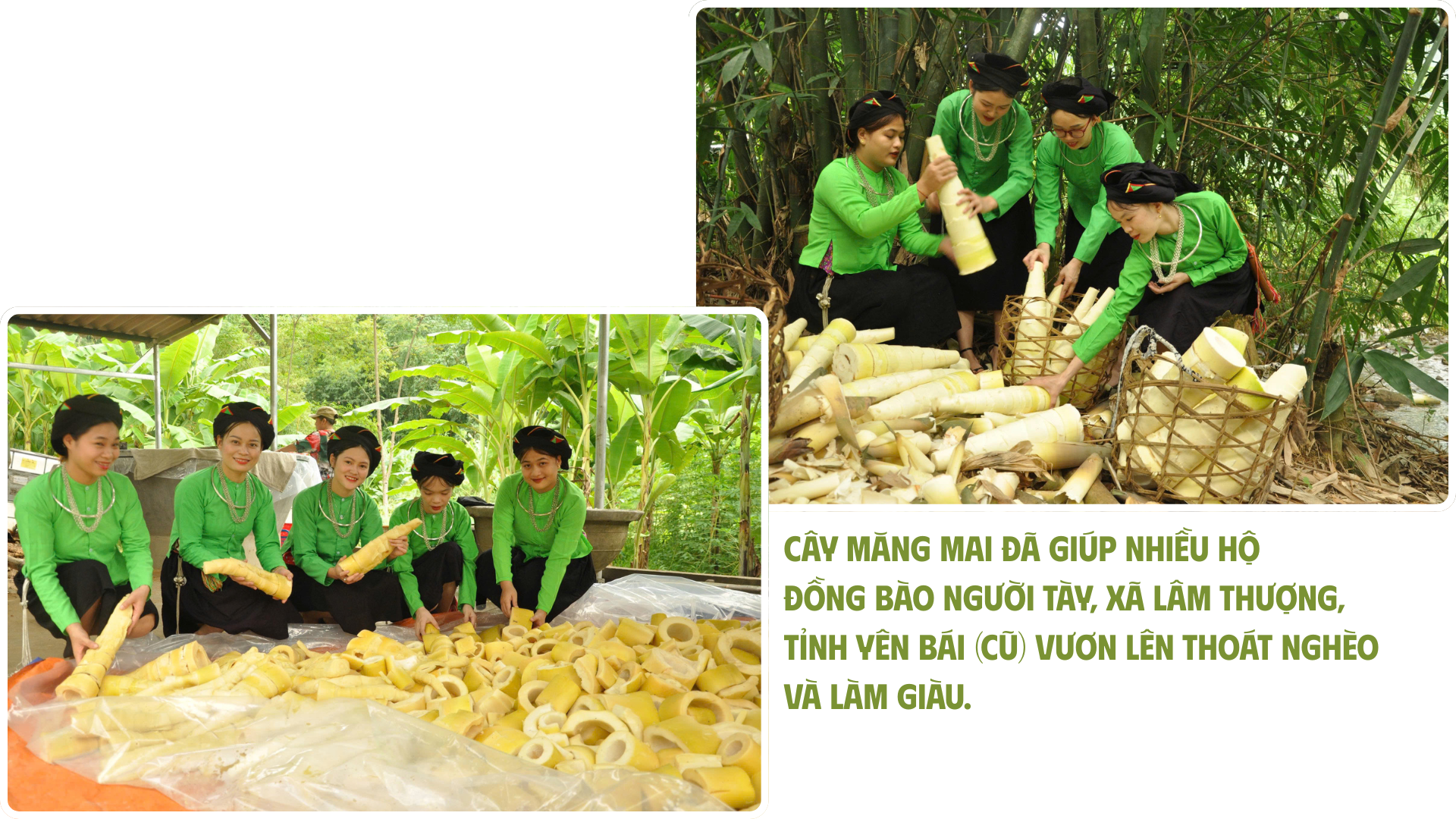
Value chains for key products and production linkage chains are maintained and operate effectively, typically: Mulberry and silkworm farming chains; Bat Do bamboo shoot production chains; tea production chains, organic cinnamon production chains...
Outstanding in Yen Bai's agricultural production, many production models have emerged in the direction of circulation, multi-value integration and adaptation to climate change... which have helped producers increase income per unit of cultivated land area, contributing to saving and effectively using natural resources.
In 2024, the agricultural growth rate will reach 3.56%, ranking 5th out of 14 provinces in the Northern Midlands and Mountains, and 24th out of 63 provinces and cities nationwide. The structure of agriculture, forestry and fishery will reach 21.62% in the province's GRDP structure.

Before the merger, over the past years, Lao Cai and Yen Bai provinces have promoted cooperation in agricultural development, increased exchanges and shared experiences in raw material areas (cinnamon, tea, fruit trees, etc.); seed production and aquaculture development; management, exploitation and protection of aquatic resources, and protection of water resources.
There is always good coordination between the two provinces in connecting information, promoting trade and consumption of agricultural products.
The merger of the two provinces helps expand the area of cultivated land, allowing for concentrated, large-scale production, diverse in crop varieties, consistent in quality, and capable of providing many different types of agricultural products to the market.

Accordingly, after the merger, Lao Cai province (new) has an agricultural land area of 1,159,762 hectares, accounting for 87.48% of the total natural land area. The province's commodity raw material areas are now basically linked to the system of processing and product consumption facilities, including 858 cooperatives (Yen Bai 532 cooperatives, Lao Cai 326 cooperatives), 188 enterprises (Yen Bai 126 enterprises, Lao Cai 62 enterprises). The linkage not only contributes to increasing the agricultural value chain, but also creates momentum for sustainable development of the rural economy.
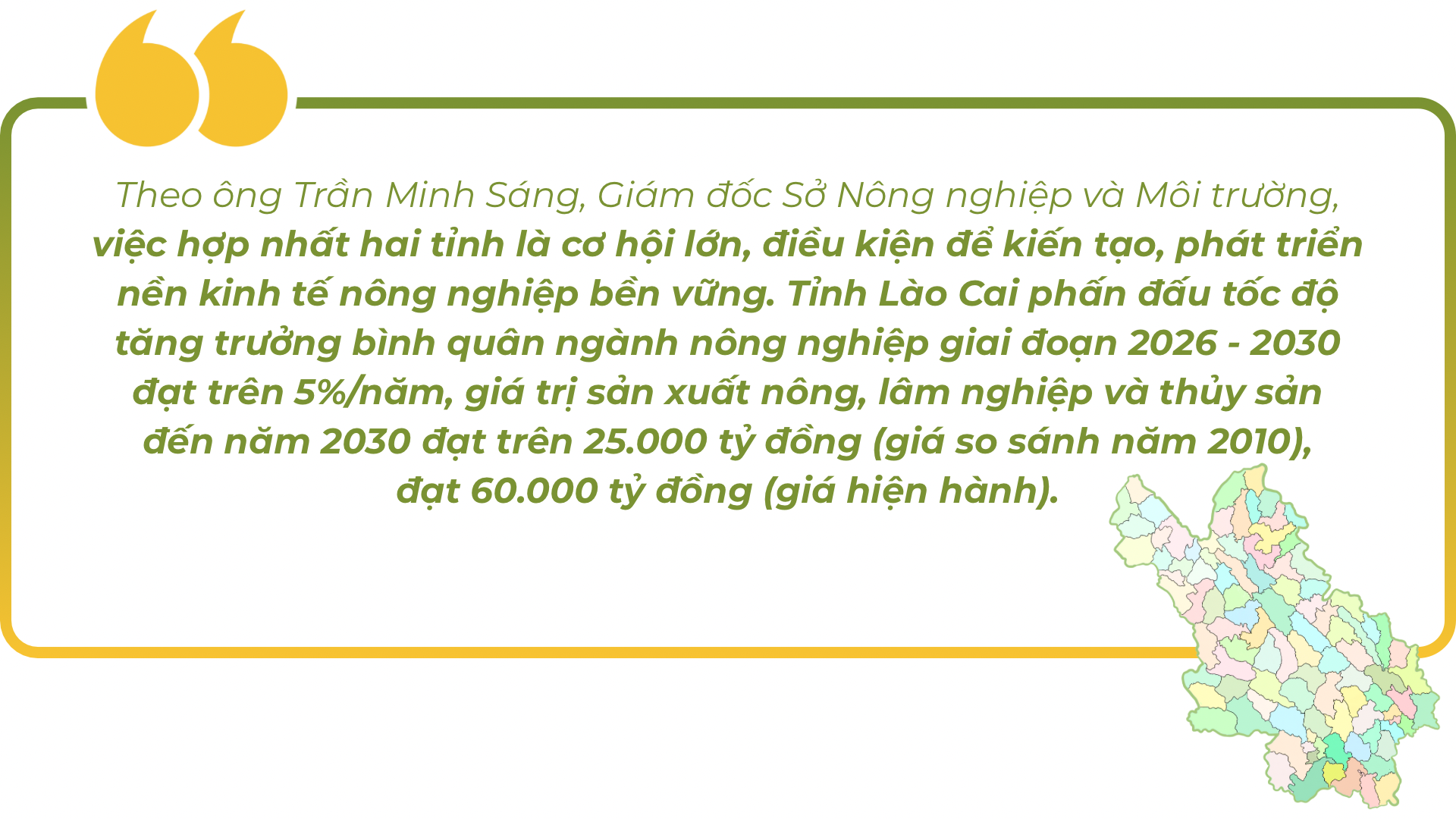
To achieve the above goal, it is necessary to pay attention to developing agriculture in the direction of concentrated, high-quality and sustainable goods; maximizing the comparative advantages of natural conditions, geographical location and local specialties to enhance the competitiveness of agricultural products in both domestic and export markets, with bananas, pineapples, processed wood, medicinal herbs, etc. in the official form.
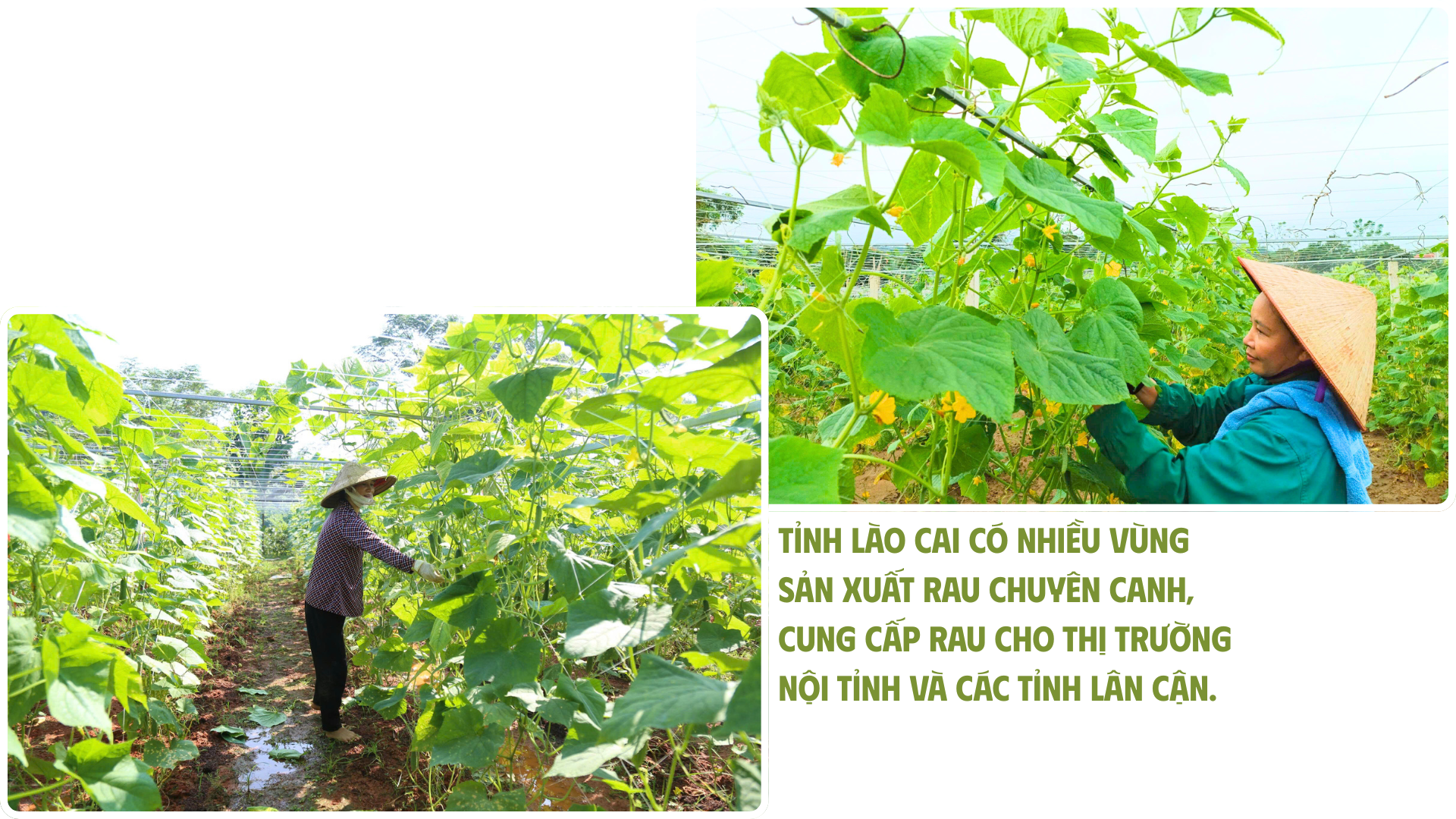
Along with that, guide and organize farmers to shift from individual production to linkage through cooperatives and enterprises, apply digitalization, and produce safely according to standards to meet market demand. Encourage enterprises to participate in production linkage, invest in deep processing and export; build and deploy organic farming models, circular agriculture, develop livestock and crop farming associated with environmental protection, reduce greenhouse gas emissions and proactively participate in the carbon credit market.
Presented by: Hoang Thu
Source: https://baolaocai.vn/co-hoi-vang-de-phat-trien-kinh-te-nong-nghiep-post647899.html



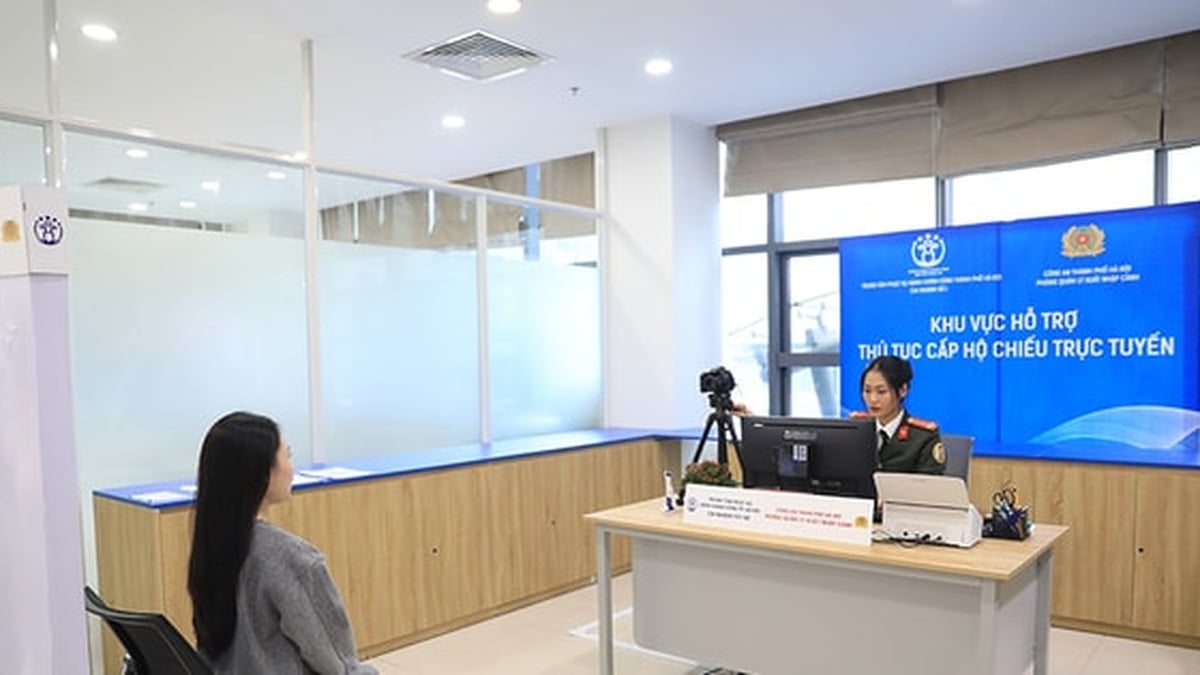


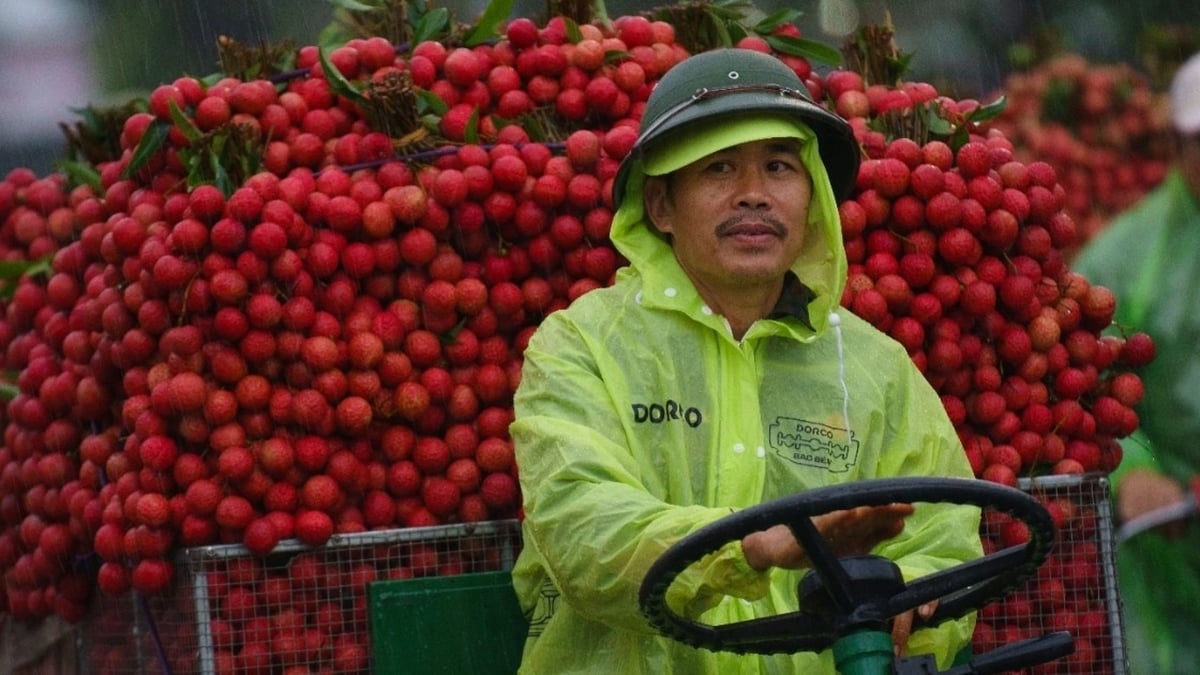
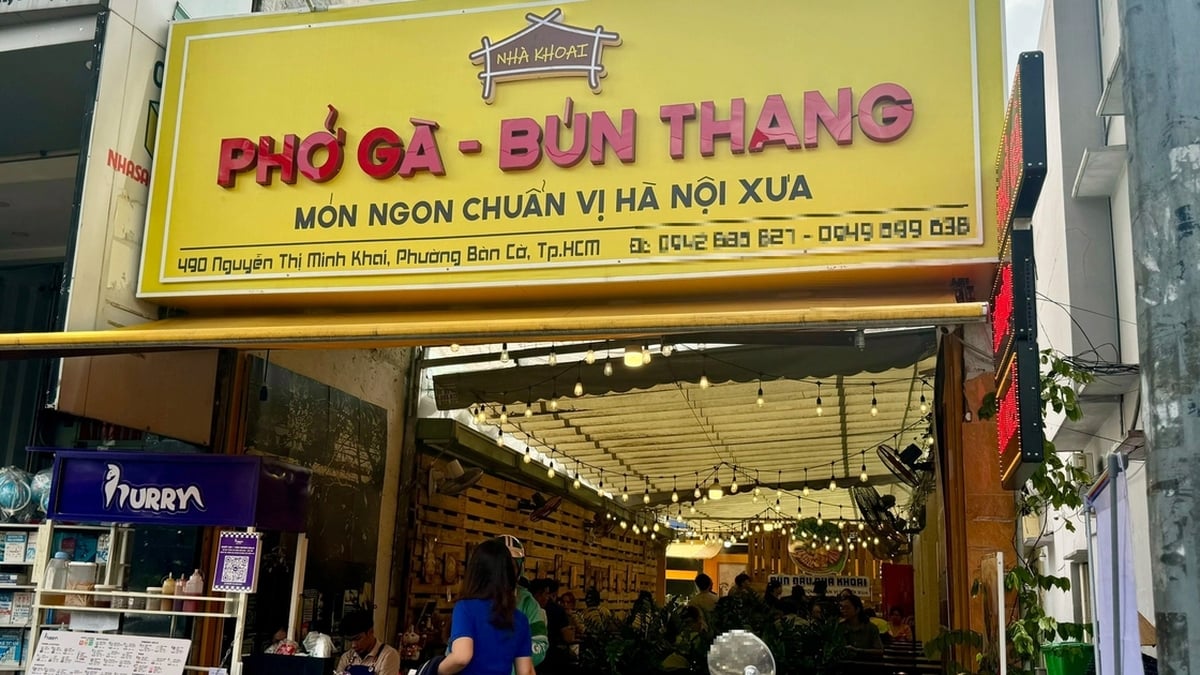
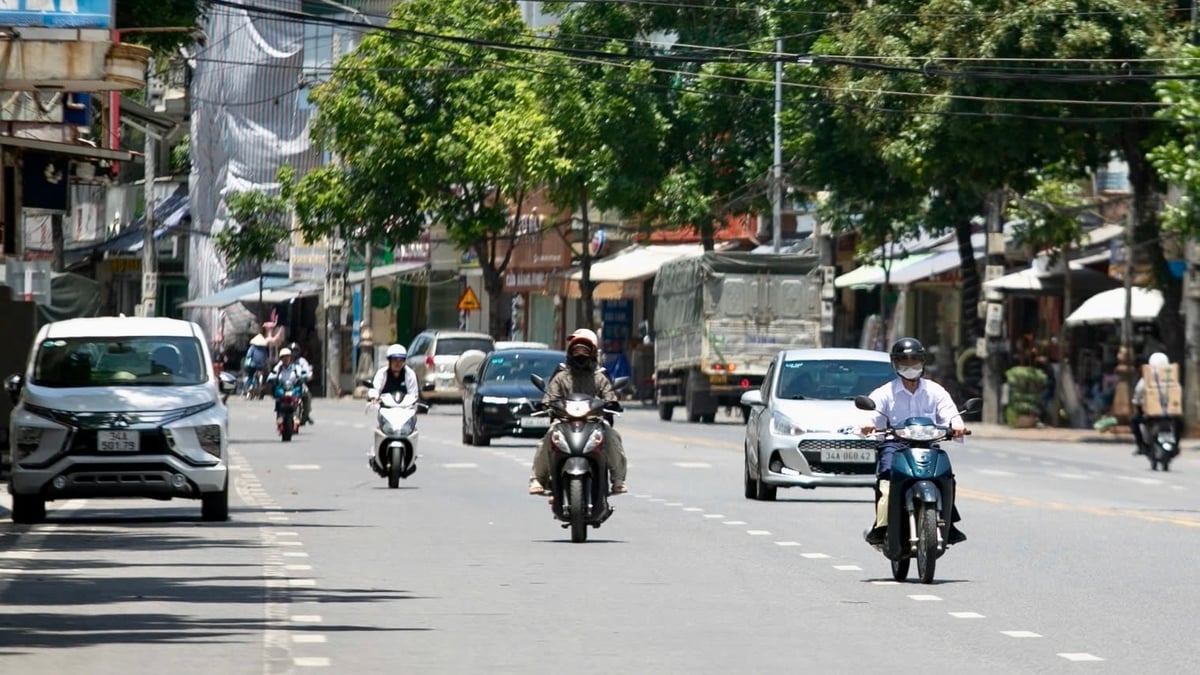

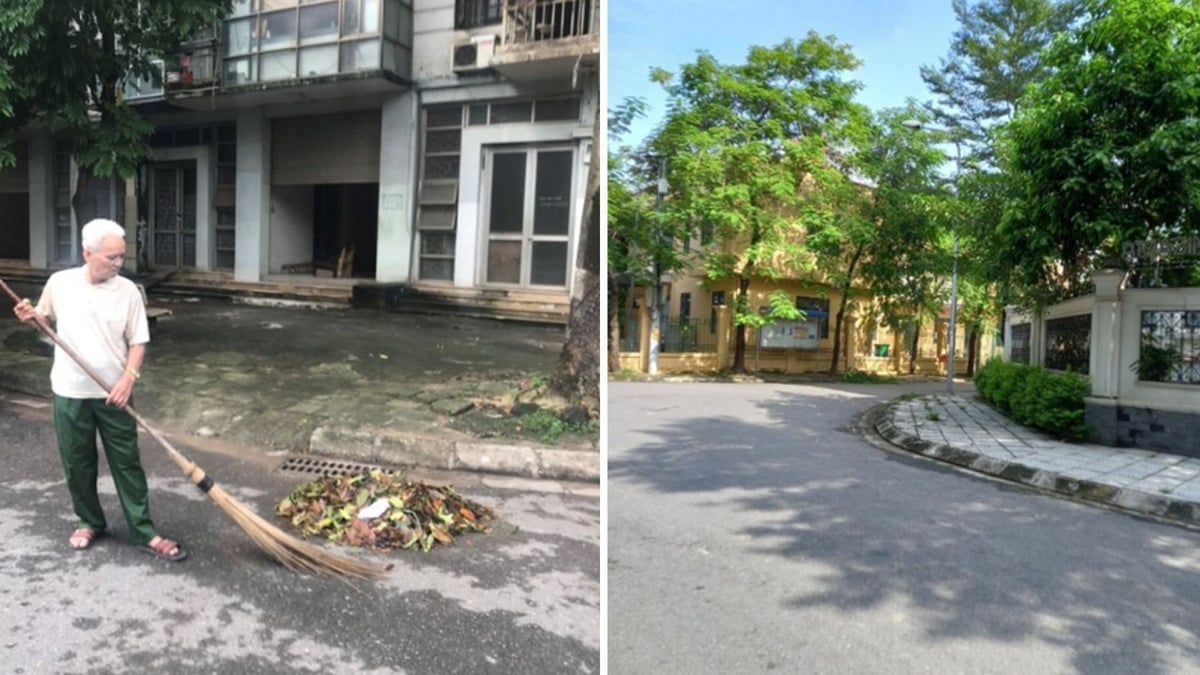














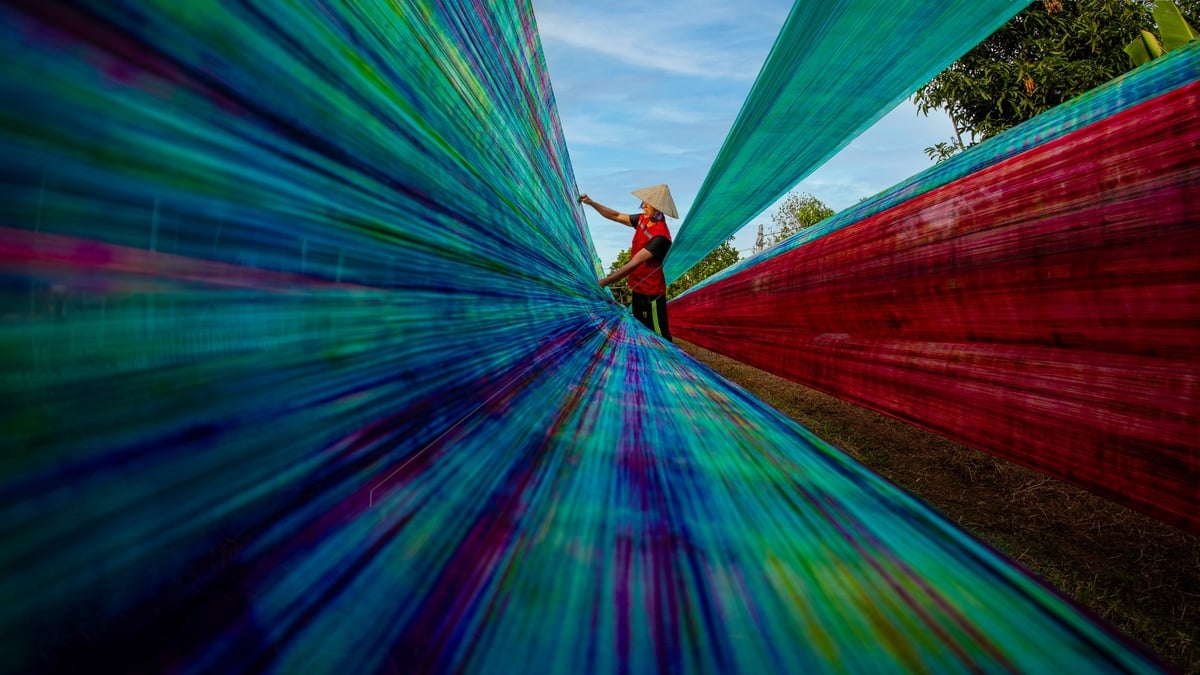





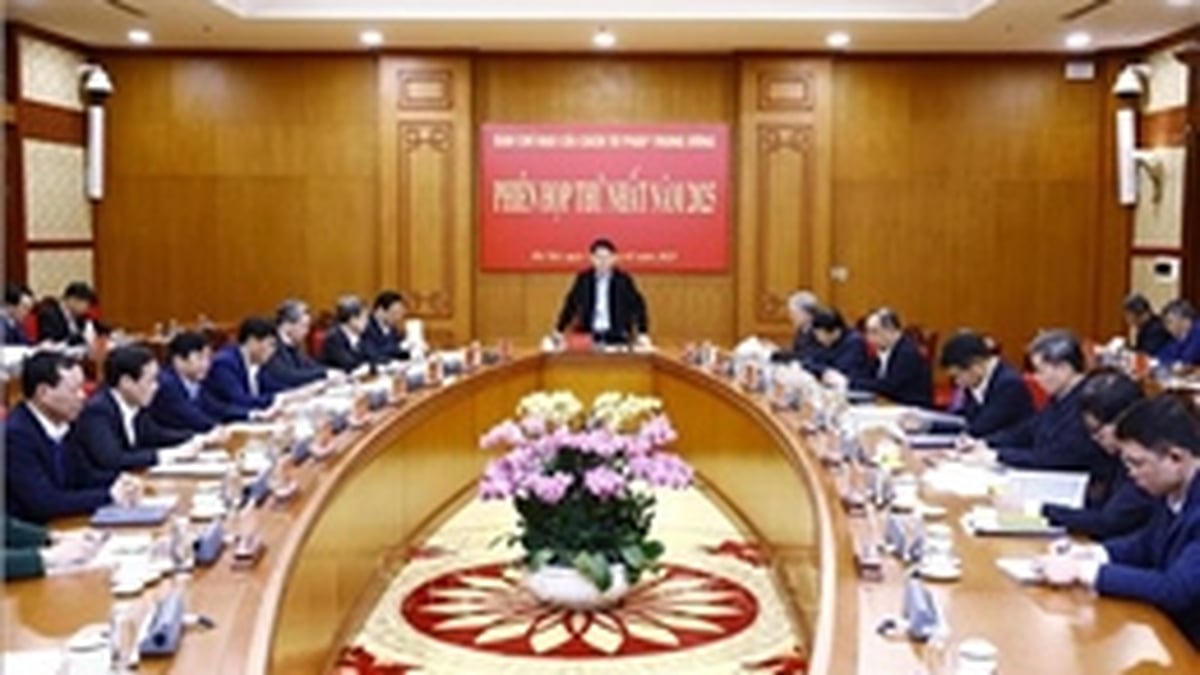
























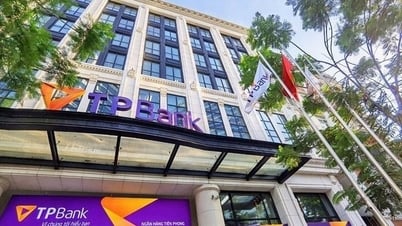







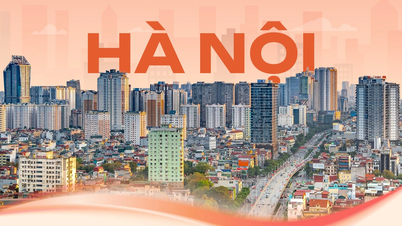



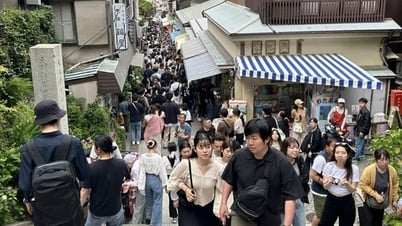

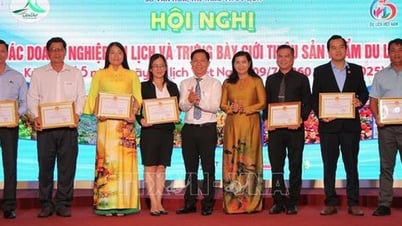


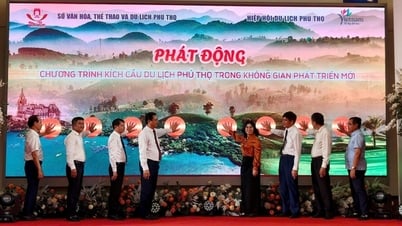



















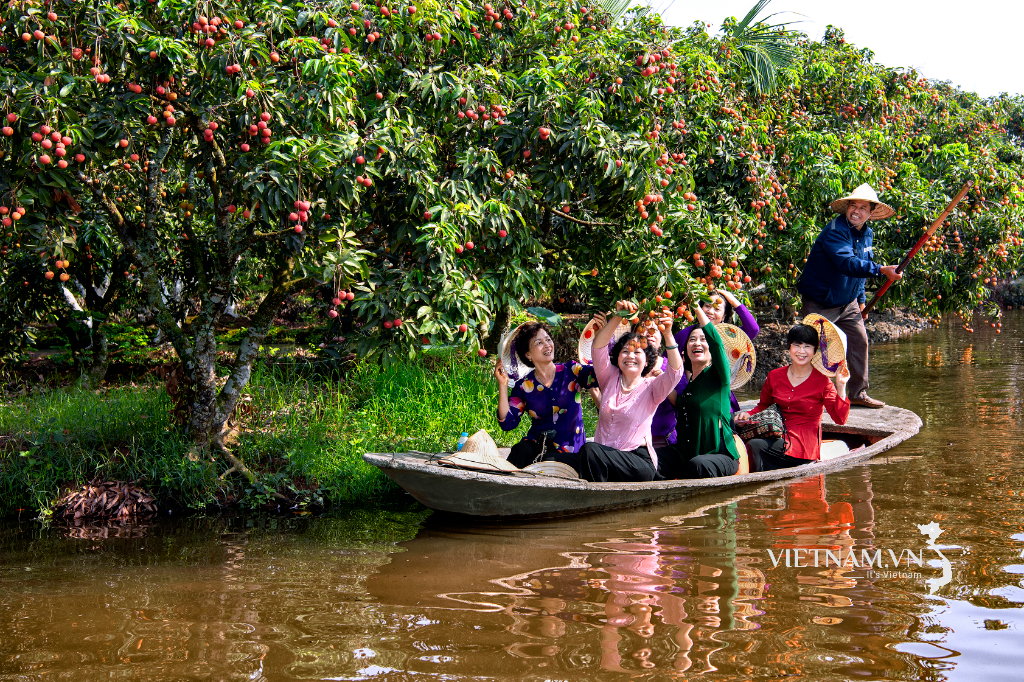
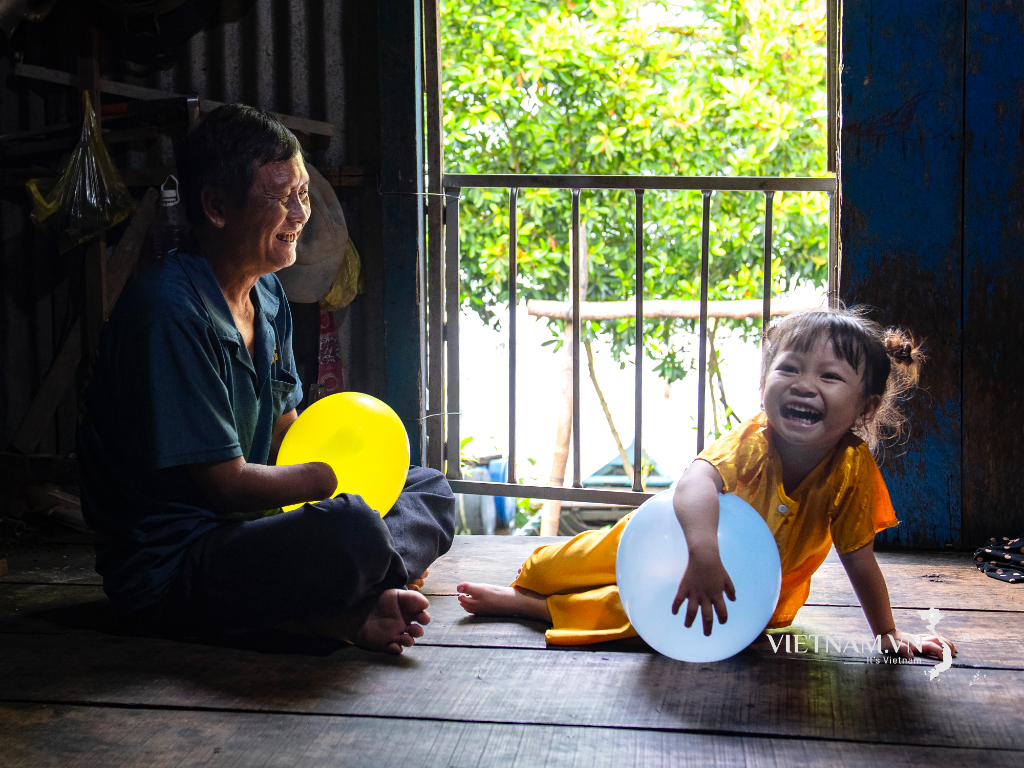
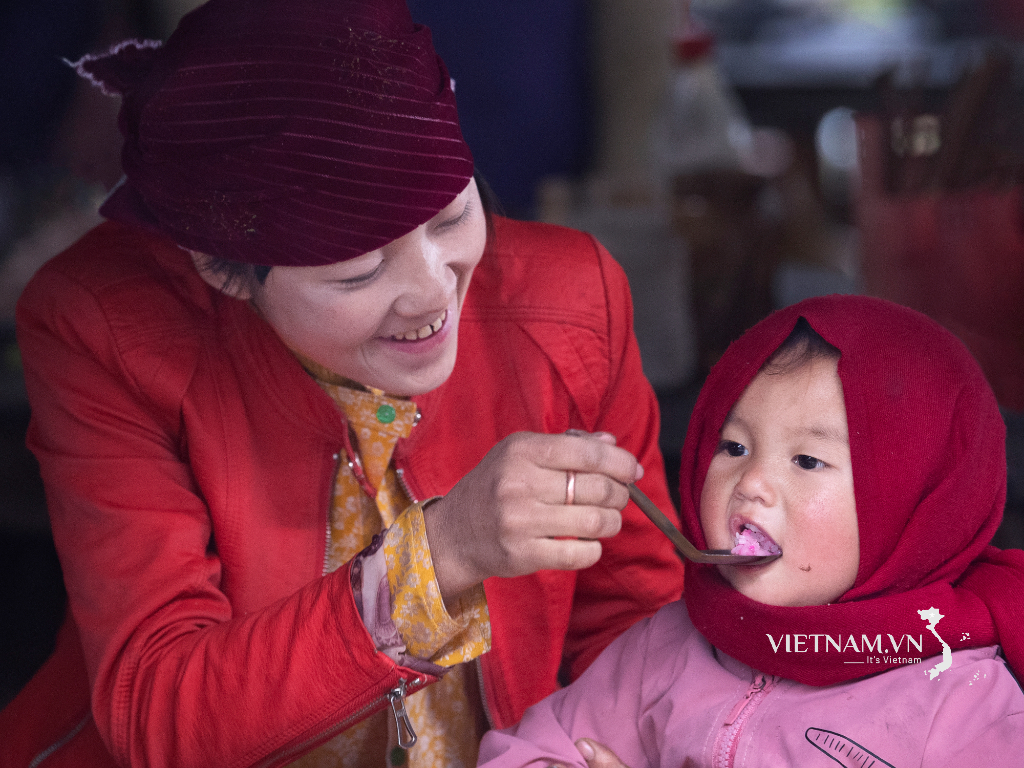
Comment (0)